In today’s market, consumers are savvy, constantly searching for information that will inform their purchase decisions. They not only expect but demand that brands be transparent and authentic, offering personalized experiences that resonate at each stage of their buying process.
Gone are the strategies of generic content marketing; today’s businesses must adapt to meet the nuanced needs of their audience. Through content mapping, marketers can tailor their efforts to answer the changing questions and concerns of consumers at every interaction point with the brand.
Content mapping isn’t just a strategy; it’s a necessity in guiding customers from initial contact through to a final purchase decision. This blog post will cover key aspects of content mapping, including creating buyer personas, aligning content with the buyer’s journey stages, and the crucial points of contact where content can make a significant impact.
Let’s uncover how strategic content mapping can significantly enhance your digital marketing effectiveness and customer engagement.
What Is Content Mapping?
Content mapping is the process of organizing and planning content according to the distinct stages of the buyer’s journey. This method focuses on delivering the appropriate information at the optimal moment, capturing leads and potentially shortening the sales cycle by guiding prospects efficiently through their decision-making process.
Implementing a solid content mapping strategy allows businesses to proactively interact with customers, addressing and resolving potential objections before they arise, which can significantly increase conversion rates.
At its core, content mapping provides a clear illustration of how each piece of content serves the journey your audience undertakes. This strategy assesses and maps out both existing content and identifies gaps, ensuring that the structure of your content is well-organized, which improves both the quality and the relevance of the information presented.
6 Best Practices for Mapping Content to Buyers’ Journey
In this section, we break down essential practices that will refine and improve your content strategy, ensuring it effectively meets the needs of your customers throughout their purchasing process.
1. Develop Buyer Personas
Creating buyer personas involves crafting detailed profiles of your ideal customers based on factual data and insights, rather than assumptions. These profiles, reflecting potential customers’ demographics, behaviors, and preferences, serve as a foundational tool in content personalization. By integrating data from customer feedback, surveys, and market analysis, and detailing attributes such as age, job roles, and preferred communication methods, you significantly enhance content relevance and effectiveness.
2. Align Content With Various Stages of the Buyer’s Journey
Understanding the journey from initial awareness to the final purchase is crucial. Here’s how content varies across different stages:
- Awareness Stage: Potential customers acknowledge a problem and seek solutions. Utilize blog posts, infographics, and white papers to educate them without a hard sell. Keyword optimization ensures visibility in their search queries.
- Consideration Stage: Now evaluating options, your content should help customers understand your offerings and their unique advantages with tools like explainer videos and eBooks.
- Decision Stage: Prospects are ready to choose. Reinforce their decision with case studies and free trials to facilitate a confident and informed purchase decision.
Mapping your content to these stages helps maintain a strong brand connection and supports customer progression toward a purchase.
3. Identify Customer Touch Points
Recognizing all potential customer interaction points is crucial, whether they occur in physical locations, digital platforms, or social media. Tailoring content to fit the specific characteristics and user expectations of each touchpoint ensures a cohesive and personalized customer experience.
4. Implement Content Mapping for Website Building
Organize your website’s content strategically to enhance user navigation and engagement:
- Determine necessary landing pages
- Plan blog topics that resonate with your target audience
- Design structured and content-rich homepage, category, and product pages
- Develop pillar pages and topic clusters to guide users
- Place CTAs strategically to facilitate easy navigation and action
This methodical placement of content enhances the overall user experience and efficiency of your website.
5. Develop Pillar Pages
Pillar pages are comprehensive overviews of core topics, surrounded by cluster content that dives into related subtopics. These are crucial for users in the awareness stage, establishing your authority and expertise. By analyzing search engine results and utilizing tools like Ahrefs or Semrush for keyword exploration, you can craft pillar pages that effectively capture and engage your audience.
6. Measure and Analyze Content Performance
Regularly monitoring your content’s performance through analytics tools helps ensure its effectiveness. Tracking metrics like click-through rates, page dwell time, and bounce rates provides insights that allow for ongoing optimization of your content strategy. Staying flexible and ready to adapt to new market conditions and customer behaviors is key to maintaining relevance and impact.
Craft a Successful Content Mapping Strategy
Even the best content can miss the mark if it doesn’t reach the right audience. Content mapping allows you to create impactful interactions that lead to the actions you want from your audience.
Our agency has collaborated with a diverse range of businesses, from startups and agencies to enterprises and multi-location organizations, to boost their online visibility. Our services range from content creation and local SEO to strategic website content mapping, providing unparalleled expertise every step of the way.
Partner with us to build a content mapping strategy that focuses on growth and effective audience engagement.







